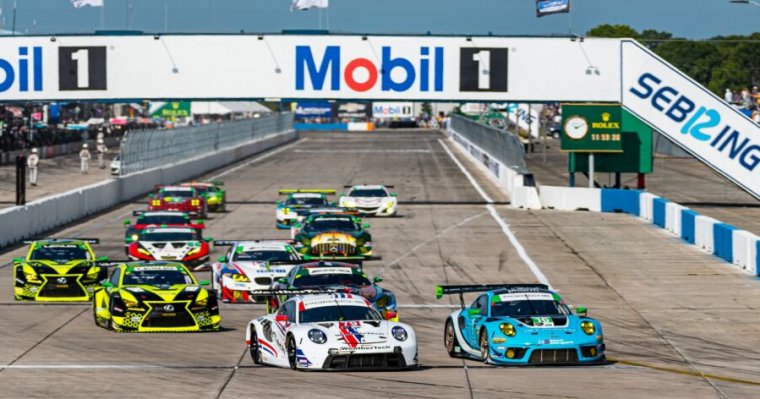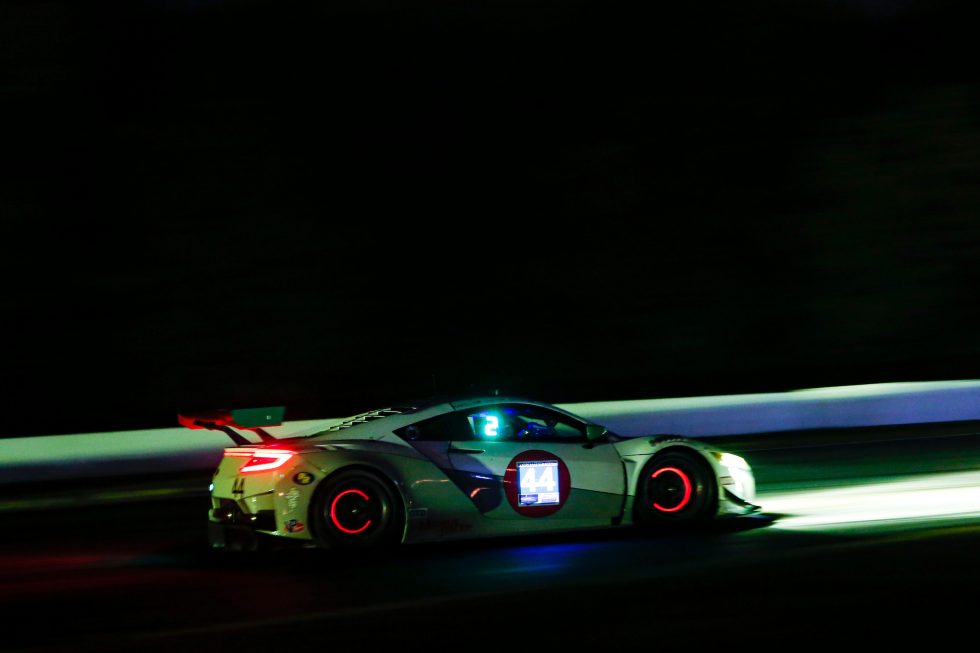
Porsche
On Saturday, the North American sports car season will draw to a close with the Petit Le Mans, a 10-hour race held at Road Atlanta in Georgia. This year’s Petit Le Mans is also the last race for a fan-favorite class of cars known as GTLM. The category covered Le Mans-legal versions of two-door production cars, which over the years represented a playground for manufacturer-supported programs and some of the world’s best racing drivers.
On the one hand, cutting GTLM is a massive step for the US side of endurance racing, as it ends a direct link between the WeatherTech SportsCar Championship and the annual 24 Hours of Le Mans. But the move also makes the sport a bit less complicated.
“Even some of the most avid car people have a hard time understanding why the red BMW is so much faster than the yellow and blue one or [why] the red, white, and blue Porsche is so much faster than the #9 car or the #16 or the #88,” said John Doonan, president of the International Motor Sports Association (IMSA), the sport’s organizer.
Next year, the IMSA will still have a place for factory teams, but it’s switching to cheaper, more driver-friendly cars with the introduction of a new class, called “GTD-Pro.” Let’s take a look at what’s going on.

Jake Galstad
The WeatherTech series traces its roots back to the first Petit Le Mans, which was held in 1998. That race adopted the same technical rules used by the Automobile Club de l’Ouest, the organization that runs the annual 24-hour race in Le Mans, France. Among those rules were categories for racing-modified versions of road cars. This is where things get complicated, so bear with me.
Originally, there were two GT classes, called GT1 and GT2. GT1 cars were more highly modified, more powerful, and more expensive to run. They also generated more aerodynamic downforce. Eventually, the category became too expensive and disappeared. GT2 stuck around and was renamed GTE at Le Mans and GTLM in IMSA competition (because having a GT2 class but no GT1 class made too little sense, even for a needlessly complicated sport like endurance racing).
Over the past few years, the same problem that killed GT1 has come for GTLM/GTE. The cars have become more and more specialized; for example, Porsche went to the trouble of making a mid-engined 911 race car. And that has made the vehicles more expensive to campaign, particularly for the privateer teams that are the lifeblood of the sport.
Instead, those privateers largely moved to a different category of production-based sports car called GT3. This category was created specifically with the amateur in mind, even going so far as to mandate driver aids like antilock brakes. Performance differences between various makes of car were adjusted to keep a relatively level playing field (known as “balance of performance,” or BoP), and the result has been full grids at races around the world.









